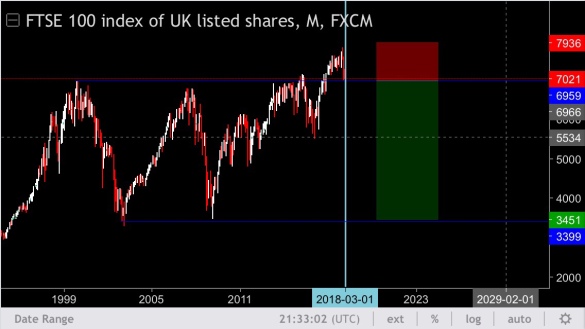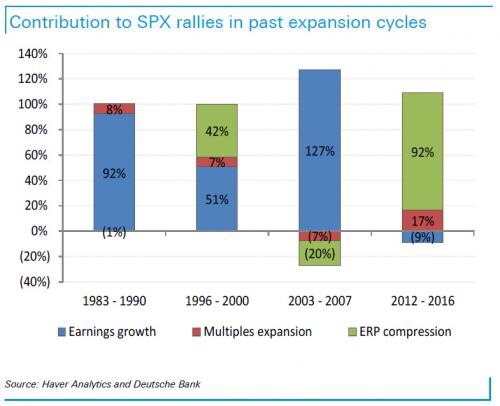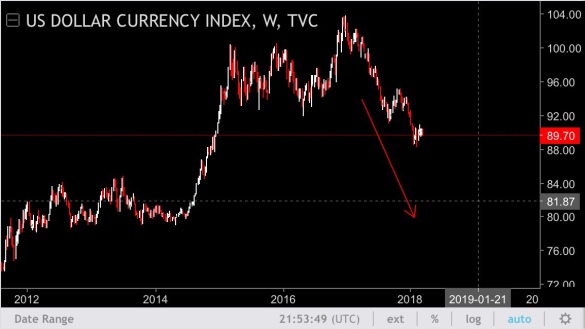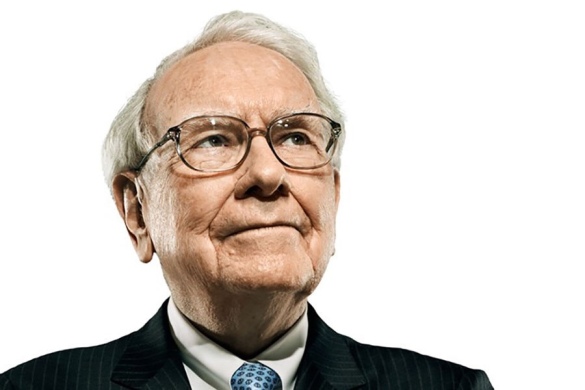
Every now and then you come across a quote or a phrase that makes you roll your eyes.
In the working world I tend to find quotes such as ‘touch base’, ‘wait til the end of play’, ‘synergy’, and my least favourite, ‘singing from the same hymn sheet (it translates to ‘I want to passive aggressively make sure you do as I say)’ are all eye rollingly, teethgrindingly, fist clenchingly annoying.
In the world of markets, there are a few words and phrases that also get on my proverbials.
One is using ‘pips’ context of any asset other than FX.
The other is the term ‘smart money’.
Smart money.
Really think about it.
I could believe that it was created by someone always looking for an excuse.
For a reason to divide their reasons for losing into ‘not my fault’ and ‘not my fault’.
I’ve seen so many people talk about smart money in hindsight that I reckon we may have actually created a fault in time somewhere along the line.
Smart money is simply those investors who have more efficient means of coming to an investment decision, whether it’s based on time, money or more effective ways of entering the market.
That’s it.
It’s not some shady cabal of blokes sitting in a dark ex-monastery, plotting which way to send the markets next.
It’s simply those with access to information or the means to break information down and analyse it in a faster way.
And I think too many place too much emphasis on tracking smart money intraday. That money is not ‘smart’, that money is simply noise getting people offside short term. Probably mostly algos. But I don’t know enough about whether they are or not, neither could I care enough to delve into whether what their intraday aims are.
My focus this year and late last year has been to be building a thematic case based upon one or two key themes in the market and finding a corresponding asset class to execute in.
My post yesterday spoke about China and how they are facing some structural issues.
Since AUD is a proxy for China (AUD is correlated with Chinese aggregate demand) and JPY is bid when sentiment is risk off, it makes sense to be short AUD long JPY.
However, this pair is also a proxy for US equities since FX tends to be a more sensitive and leading indicator for intraday risk.
Cumulatively then, we can start adding other indicators in to measure whether our thesis is correct or not.
One of those is the Smart Money Flow Indicator.
This indicator is derived through the following equation:
Today’s SMI reading = yesterday’s SMI – opening gain or loss + last hour change
The reason the importance is put on the open and closing action is that covering occurs at the start of the day and more experienced investors/traders tend to trade during the end of the day since they have a more complete picture of the market.
But David, you’ve just said how you don’t like the term smart money?
Yes, well it wouldn’t be a half decent introduction without a Business Insider-like U-turn.
Bear with me.
Take a look at the SMI below.

What do you notice?
…apart from the large drop from 20k to the current index price?
Look at the support we have broken and correspond it with the years that the two supports were formed.
It should be glaringly obvious what happened at these two periods of 1999-2000 and 2007-2008.
If we take diagonal support levels as gospel then it would seem that we are in for a bit of a crap time since the smart money has now punctured through.
And there isn’t much distance between breaking the DotCom and GFC’s horizontal supports either.
There are some reasons that could be causing the fall other than smart money jumping out.
That could be due to limited retail demand while there is excessive corporate demand for equities due to buybacks – but you can’t trade stocks for buybacks in the last half hour of trading.
Longer term though, the data shows that a fall in the SMI precedes a stock market crash.
In my view, the fundamentals are aligned for another one – the question is always when?
And in my view, that will be when the US has a real risk free rate of return again.

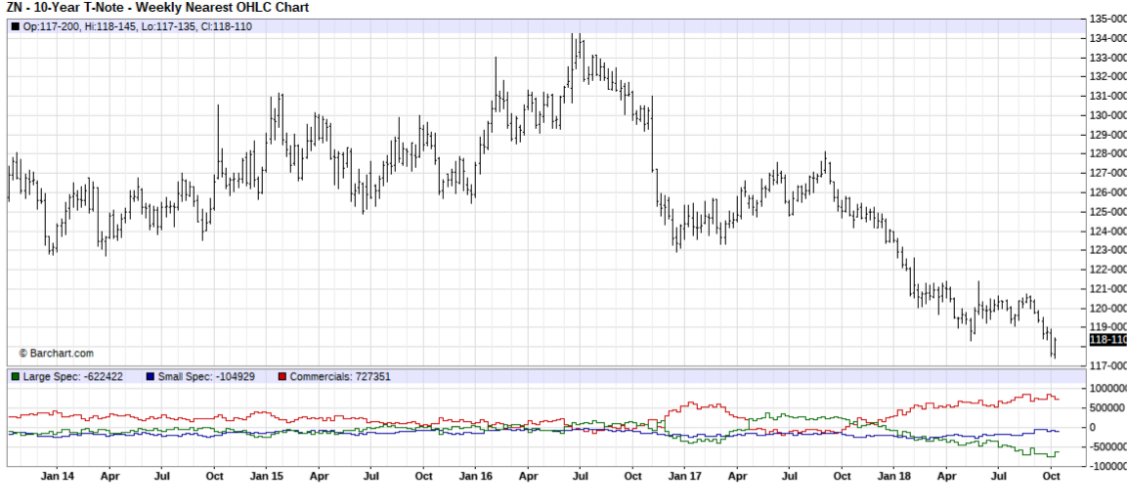


 Hanna Arendt
Hanna Arendt 


